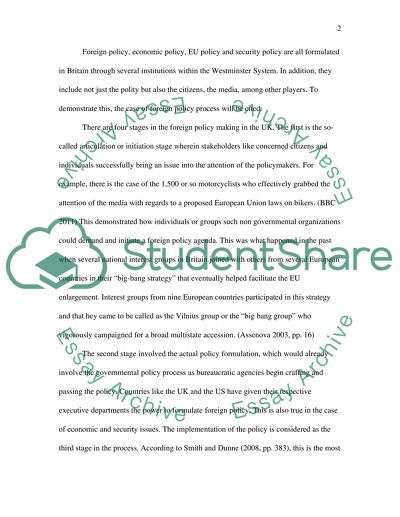Cite this document
(“The Policy Process Essay Example | Topics and Well Written Essays - 1500 words - 1”, n.d.)
Retrieved from https://studentshare.org/history/1437199-the-policy-process
Retrieved from https://studentshare.org/history/1437199-the-policy-process
(The Policy Process Essay Example | Topics and Well Written Essays - 1500 Words - 1)
https://studentshare.org/history/1437199-the-policy-process.
https://studentshare.org/history/1437199-the-policy-process.
“The Policy Process Essay Example | Topics and Well Written Essays - 1500 Words - 1”, n.d. https://studentshare.org/history/1437199-the-policy-process.


